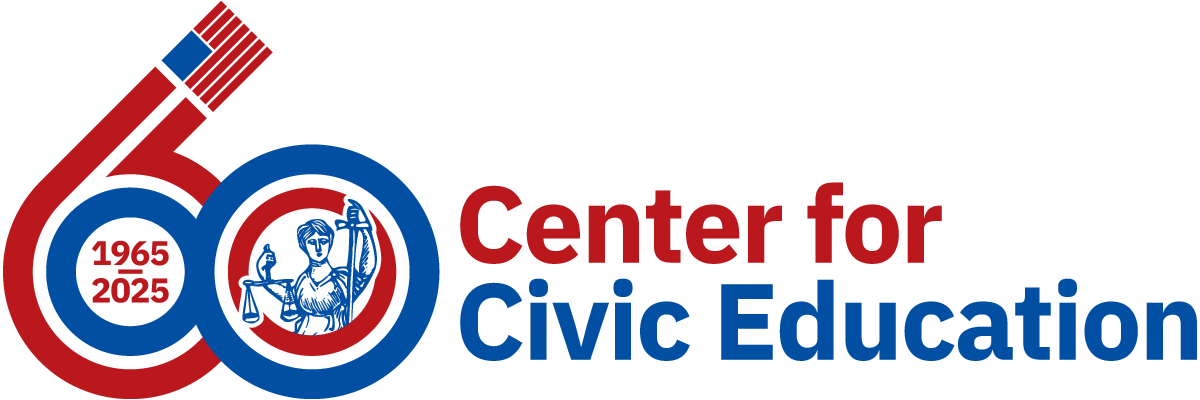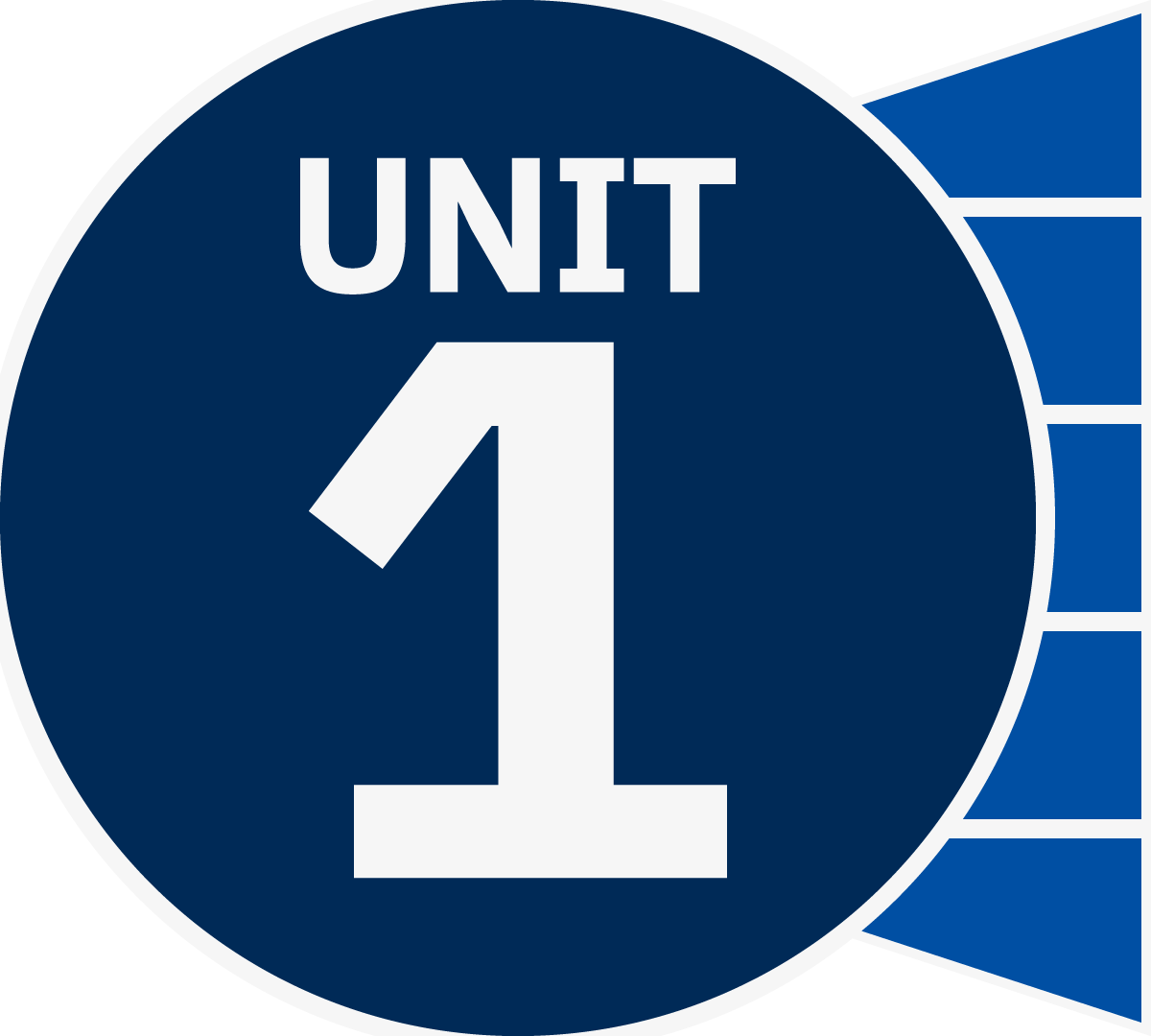Inquiry Companion: Unit 1
In Unit 1 of the We the People: The Citizen & the Constitution textbook, students examine how early Americans embraced the philosophy of individuals’ natural rights, charting the course for independence and laying the foundations of a constitutional government.
How is the Inquiry Companion Structured?
Students will engage by discussing the need for rules and laws, explore the voices of unheard perspectives through primary documents, and explain the roots of democracy in the Haudenosaunee Great Law of Peace. Students then elaborate on their understanding of individual rights versus the common good via a simulation activity. Finally, students will evaluate their new knowledge by crafting a fable to answer whether the American Revolution could have been avoided.
Best practices for culturally responsive teaching weave through each activity.
Inquiry Guide Activity
Students access primary-source documents via various analysis methods, allowing students to explore constitutional principles.
In this lesson, students will participate in primary-source analysis through a collaborative close read and annotation activity. Students will complete a sensory figure to illustrate life for an indentured servant, enslaved man, or colonial woman.
Utilize this Explore strategy activity to enhance students’ understanding of the We the People: The Citizen & the Constitution textbook for Level 3, Unit 1, Lesson 5, or Level 2, Unit 1, Lesson 1.
We the People: The Citizen & the Constitution (Level 3)
- Unit 1, Lesson 5: What Basic Ideas about Rights and Constitutional Government Did Colonial Americans Hold?
- Unit 1, Lesson 1: What Were the British Colonies in America Like during the 1770s?
- Active learning
- Critical thinking
- Equality and fairness
- Incorporating evidence
- Primary-source analysis
- Relationship skills
- Respect for others
- Examine life in the American colonies
- Analyze accounts from unheard perspectives of colonial life by investigating primary-source documents of indentured servants, enslaved men, and colonial women
- Was colonial life a good life?
- Primary Source A: Indentured Servant
- Primary Source B: Enslaved Man
- Primary Source C: Colonial Woman
- Constitutional Investigation Primary Source Analysis Tool
- Colonial Life Sensory Figure
- We the People: The Citizen & the Constitution Textbook
- indentured servant A person who voluntarily sold their labor for a set period of time in return for the cost of passage to the American colonies.
- patriarchy A societal system where the men are the head of the household and carry the most power. Family ancestry is passed on through men.
Note: This lesson contains material about slavery, racism, sexism, inequality, poverty, and injustice that some students might find offensive or potentially traumatizing. This material provides students with knowledge of historical voices typically unheard from colonial times. A culturally responsive classroom will provide a welcoming and safe environment where students feel comfortable discussing difficult topics. Ensure students feel comfortable sharing appropriate personal perspectives. Consider establishing classroom norms that encourage discussion.
Nearly all the power in colonial America was in the hands of white, property-owning men. They served in colonial governments and were members of the prevailing local Christian house of worship. Due to this power imbalance, the voices of many members of colonial society have gone unheard. In this lesson, students will investigate life for indentured servants, enslaved individuals, and women living in colonial America.
Additional resources for teacher background include the following:
In this lesson, students will investigate first-hand accounts of life in the colonies from unheard perspectives that will be the focus of the close reading, annotation, and primary-source analysis. Teachers should preview all student materials and resources before the lesson.
- Welcome students to social studies.
- Introduce the inquiry question: “Was colonial life a good life?”
- Allow students time to make a prediction about the inquiry question and offer their supporting questions.
- Using your routine strategy for setting up groups, divide the class into collaborative groups of approximately three to four student members. Each group will be assigned one of the following primary source investigations:
- Primary Source A: Indentured Servant
- Primary Source B: Enslaved Man
- Primary Source C: Colonial Woman
- Tell students that they will embark on an investigation about the individuals who are often overlooked during colonial times to understand these unheard perspectives better.
- For the first read-through, instruct students to work as a team to conduct a close reading of their assigned text to form a basic understanding.
- Circulate around the room, encouraging each group, observing progress, and redirecting as needed.
- For the second read-through, students will annotate their assigned text to indicate important sections and identify unclear items.
- Review the Annotation Station at the beginning of each primary source document to ensure students understand how to annotate their sources.
- ❍ Circle words you don’t know, and take a moment to find the definition.
- Highlight in YELLOW phrases that confuse you. Use context clues to try and figure out their meaning.
- Highlight in RED examples of the dangers or restrictions faced by the individuals.
- Highlight in GREEN examples of rights and freedoms enjoyed by the individuals.
- ✩ Star the items that make you wonder and wish to explore further.
- Circulate around the room, encouraging each group, observing progress, and redirecting as needed.
- Encourage students to collaborate in small groups to answer each others’ questions about the text.
- Distribute the Strategy: Explore Constitutional Investigation Written Primary Source Analysis Tool and review expectations on completing the analysis.
- In small groups, students will complete the Strategy: Explore Constitutional Investigation Written Primary Source Analysis Tool for at least one of the exhibits in their assigned primary source set.
- Circulate around the room, encouraging each group, observing progress, and redirecting as needed.
- Facilitate a brief class discussion encouraging students to share their observations on each respective unheard perspective group by asking the following questions:
- What was life like for your assigned individual?
- What types of dangers did your individual face?
- What freedoms or rights did your individual enjoy?
- What surprised you most about today’s investigation?
- Allow students to offer their supporting questions.
Students will demonstrate mastery of life in colonial America from typically unheard perspectives by answering the inquiry question and completing a Colonial Life Sensory Figure.













